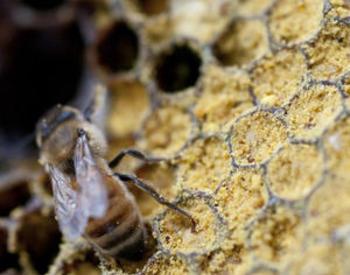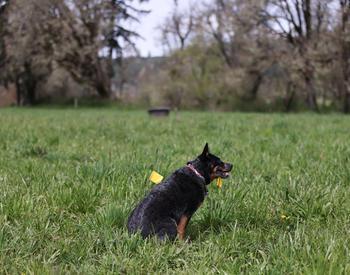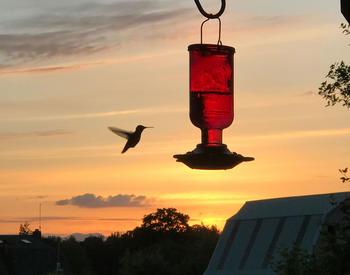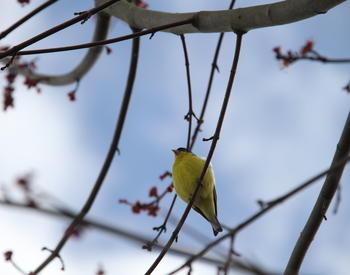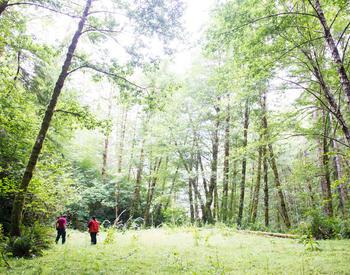CORVALLIS, Ore. – Oak Creek Center for Urban Horticulture has been designated a Certified Wildlife Habitat by the National Wildlife Federation.
An Oregon State University learning laboratory for sustainable horticulture practices, the center, also known as OCCUH, sits on 6.5 acres at the southwestern corner of the Corvallis campus. According to manager Al Shay, the center has long been on a trajectory toward sustainability.
“We’re committed,” said Shay, a senior instructor in the OSU Department of Horticulture. “This is not just about the wildlife, it’s about education. There’s enough talk about sustainability; let’s start doing something. What we do does have an impact. If each person did something, it would make a difference.”
Everything done at OCCUH takes sustainability into account. In addition to appropriate plantings, everything generated onsite stays onsite. As climate change intensifies, Shay is passionate about showing the public what they can accomplish to help reduce their impact on the environment. To do that, it’s imperative that people generate the least amount of waste and eliminate outputs. Not wasting anything makes sense, he said.
At Oak Creek, visitors find many examples of things they can do. There’s an herbaceous border with lots of pollinator plants; a demonstration of crops grown with little or no water; a hedgerow for wildlife; a display of different styles of bee hives; an insect hotel; and a green tower. A green roof is in the works.
The most ambitious project at the center has been an ongoing attempt to remove invasives and plant natives along Oak Creek, which runs along the south border of the center. Shay and his students have made headway, and there could be as many as eight species of fish using Oak Creek as a winter refuge from the Willamette River.
A whole raft of wildlife has shown up, including a resident red-tailed hawk and gray fox. A doe and her fawns come every year, a beaver lives in Oak Creek and skunks, raccoons and loads of birds hang out. There’s plenty of habitat for them. A border of shrubs called a hedgerow gives plenty of protected areas for birds and small mammals. It’s planted with ninebark, seaberry, Oregon grape, native roses, sumac, spruce, ornamental grape, hops, honeysuckle, fruit trees and anything else they could get their hands on that would grow with little, if any, input.
Shay agreed that most homeowners don’t want a fox in the yard, or a raccoon for that matter. But certainly, he said, most people can start with birds. Feeders are fine, but planting bird-friendly plants, supplying water and areas of shelter will up the chances of birds finding a home in your garden.
“Creating wildlife habitat gets you energized,” Shay said. “It’s like going to a rally. This is my rally. Even if people come and pay attention only for a minute, it gets them thinking.”
The center's address is 844 SW 35th St, Corvallis. It is open to the public from dawn to dusk. If the gate is closed, it’s fine to walk around it.
